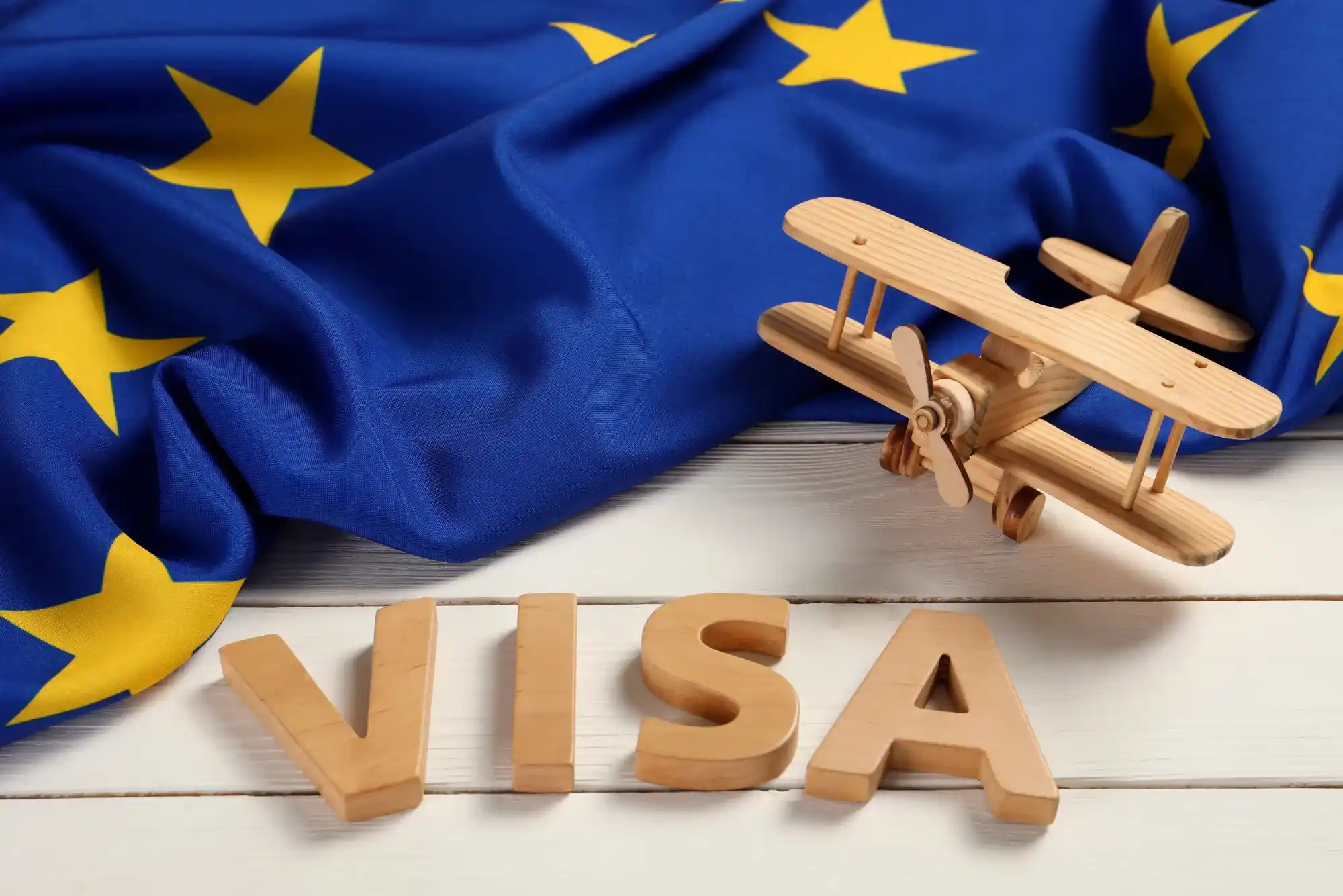The allure of Europe lies in its diversity—centuries-old cities, modern metropolises, snow-capped mountains, Mediterranean beaches. It’s no wonder more and more travelers dream of exploring the continent in a single, unforgettable journey. But behind every dream trip lies one very practical question: how do you legally cross so many borders without collecting a dozen entry stamps?
The answer: the Europe visa. It’s a unified solution for a multi-nation adventure. If your goal is to weave between countries without navigating different visa regimes, this small but mighty document is your key.
From Paris to Prague: what makes the europe visa different
Unlike a national visa, the Europe visa grants access to the 27 countries that make up the Schengen Area. Once you enter through one country, you can move freely among the others—no checkpoints, no additional paperwork. For the traveler with a multi-country itinerary, this is a game-changer.
The visa is valid for up to 90 days within any 180-day period, and it covers tourism, business meetings, family visits, and short-term studies. It does not allow you to work in the Schengen Area, but it does make short-term professional and personal travel far more streamlined.
Perhaps most importantly, it simplifies what would otherwise be an administrative nightmare. Instead of applying for separate permits for each stop, you submit one application to the consulate of your primary destination—or the country you’ll enter first, if time is split evenly.
It’s an ideal solution for anyone traveling across borders—whether by train, plane, or car. The freedom of movement it offers is one of the most powerful advantages in international tourism today.
How to prepare for the visa application process
Applying for a visa for Europe is straightforward when you know what to expect. But make no mistake: attention to detail matters.
1. identify your primary travel country
Your first step is to determine where your application should go. If you’ll spend most of your time in one country, apply through that country’s embassy or visa center. If your trip is evenly split, apply through the consulate of your first port of entry.
2. prepare your documents with care
The documentation required for a Europe visa is fairly standard, but strict. The most critical passport requirements include:
- A valid passport issued within the past 10 years
- At least two blank visa pages
- Validity of at least 3 months beyond your departure date from the Schengen Zone
Beyond your passport, you’ll need:
- A completed application form
- Recent passport-sized photos
- Proof of accommodation
- Round-trip transportation bookings
- A full travel itinerary
- Proof of sufficient financial means
- Travel insurance covering at least €30,000 in medical emergencies
3. insure your journey with embassy-approved coverage
A non-negotiable part of your application is travel medical insurance. Without it, your visa will not be approved. Your policy must cover emergency medical care, repatriation, and hospitalization across the entire Schengen Area.
AXA offers insurance plans specifically designed to meet consular requirements. Quick to obtain and globally trusted, it’s the best way to protect both your health and your travel plans.
4. attend your appointment and track your results
Once you’ve assembled your documents, schedule a visa appointment. During the meeting, be prepared to answer basic questions about your itinerary and purpose of travel. Processing times typically range from 7 to 15 working days, depending on the country and time of year.
Once approved, your visa sticker will be affixed to your passport, clearly stating the entry and exit dates.
Avoiding mistakes: common pitfalls and how to sidestep them
Even seasoned travelers can run into snags during the visa application process. The most common reason for rejection? Missing or incomplete documents.
To reduce the risk:
- Double-check dates on all bookings
- Make sure your travel insurance is valid for all Schengen countries
- Write a clear, concise travel plan with supporting documents
- Apply early—at least 15 days before your departure, but no more than six months in advance
Many applicants also forget that overstaying even a single day can result in future visa bans. Respecting the 90-day rule is essential for maintaining your ability to return to Europe.
Where to apply for a europe visa with confidence
Applying for your visa doesn’t need to be stressful—especially when you work with trusted partners. AXA offers a fast, convenient solution for obtaining the insurance you need to secure your Europe visa.
You can apply directly through their website, where the entire process—from choosing the right plan to receiving your policy certificate—is handled in a few simple steps.
Ready to get started? Begin your application for a Europe visa now and access the Schengen Area with peace of mind.
What happens after you enter Europe?
Once your visa is approved, you can begin your journey. But remember, your time is limited to 90 days within any rolling 180-day window. There’s no need to check in at each border, but you should always carry copies of your visa, passport, and insurance while traveling—just in case.
Make the most of your trip by planning wisely:
- Don’t cluster all your travel at the end of the visa period
- Monitor your days carefully to avoid overstays
- Use regional transportation (like trains) to reduce costs and maximize time
- Consider visiting lesser-known destinations—visa freedom extends beyond capitals
And remember: if you plan a second trip later in the year, you’ll need to calculate your remaining days or reapply accordingly.
`





